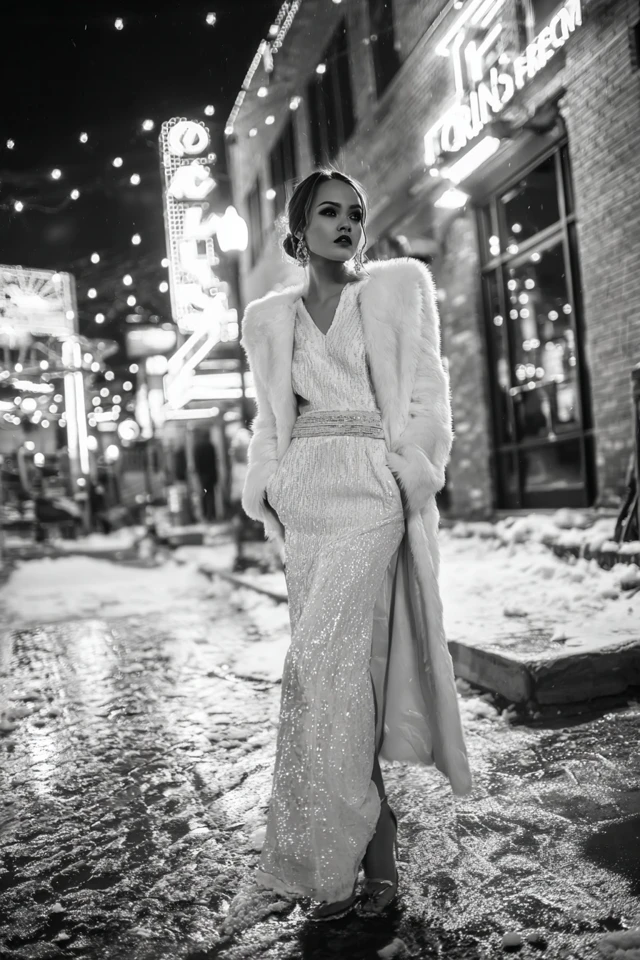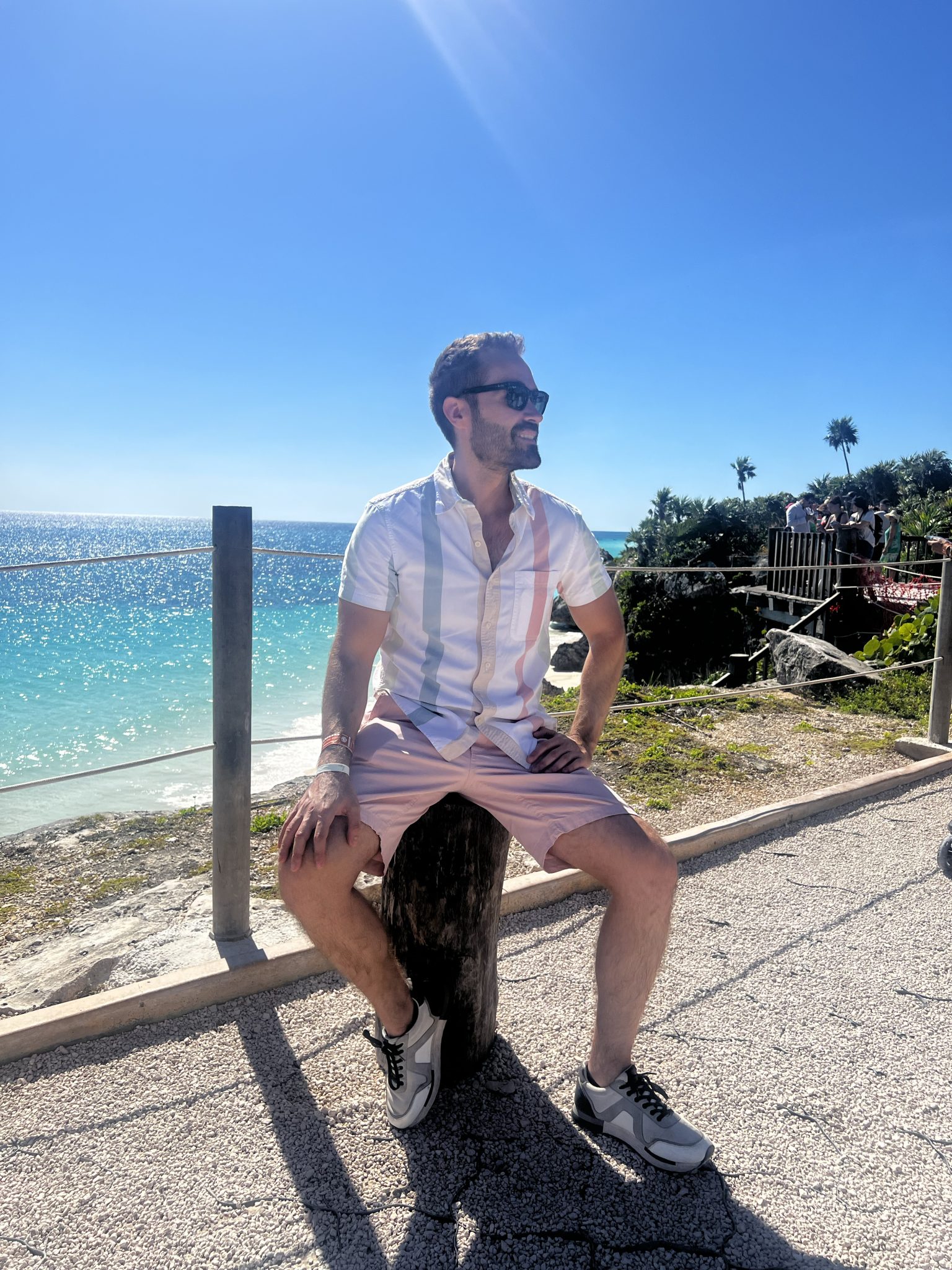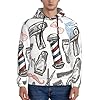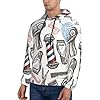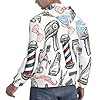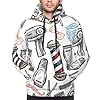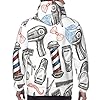Introduction
On a crisp winter morning, I stood by my frosted window, watching the world transform into a canvas of snow and shadow. The muted tones of the season inspired me to reach for my monochrome coat, a piece that defines not just warmth but a deliberate aesthetic. It was in that moment I realized how powerfully a monochrome winter wardrobe could shape mood, confidence, and style—creating a seamless harmony between the environment and personal expression.
Monochrome dressing in winter is more than a minimalist trend. It is a sophisticated way to engage with the cold season’s unique palette, harnessing shades of black, white, and gray to evoke timeless elegance and subtle complexity. For those who seek to dress with intention, monochrome offers a compelling pathway to style that transcends fleeting trends and embraces the psychological effects of color and form.
About the Author and My Trend Boutique
Understanding the intersection of monochrome winter aesthetics and fit is essential for anyone wanting to elevate their seasonal wardrobe. Beyond appearance, it addresses how clothing influences perception—not only how others view us but how we see ourselves. Winter’s subdued light calls for more thoughtful styling; here, I share my professional insights on creating a cohesive, confident, and chic monochromatic winter wardrobe tailored to diverse styles and bodies.
Foundational Concepts
Before diving into style specifics, it’s crucial to unpack several foundational principles that guide monochrome winter dressing: color psychology, trend forecasting, and the art of dressing to impress. Each plays a pivotal role in helping you craft a wardrobe that resonates deeply with your identity and environment.
Color Psychology
Color psychology explores how hues impact emotions and behaviors. Monochrome palettes—especially in winter—favor neutral tones such as black, charcoal gray, ivory, and crisp white. These shades evoke clarity, sophistication, and calmness, providing a psychological anchor amid the often chaotic world of fashion. Research confirms that wearing black can induce a sense of authority and confidence, while white and gray can foster neutrality and balance. When layered intentionally, these tones create a narrative of understated strength and approachability.
Trend Forecasting
Understanding trend forecasting informs how one remains stylish yet timeless. Fashion forecasts identify patterns months or years in advance, blending innovation with continuity. Monochrome, a classic aesthetic, frequently reappears with subtle updates—from fabric innovation to silhouette evolution—making it a safe yet dynamic choice. For winter, designers often explore textured materials like wool, shearling, and velvet within a monochromatic framework, ensuring warmth without sacrificing contemporary appeal.
Dressing to Impress
“Dressing to impress” isn’t about superficial vanity; it reflects a strategic approach to personal presentation that fosters positive first impressions. Donning monochrome winter attire signals intentionality and expertise in style, qualities that command respect and admiration. It enhances your perceived professionalism and social awareness, leveraging the psychology of color and refined fit principles to maximize impact without overwhelming.
Picture Gallery
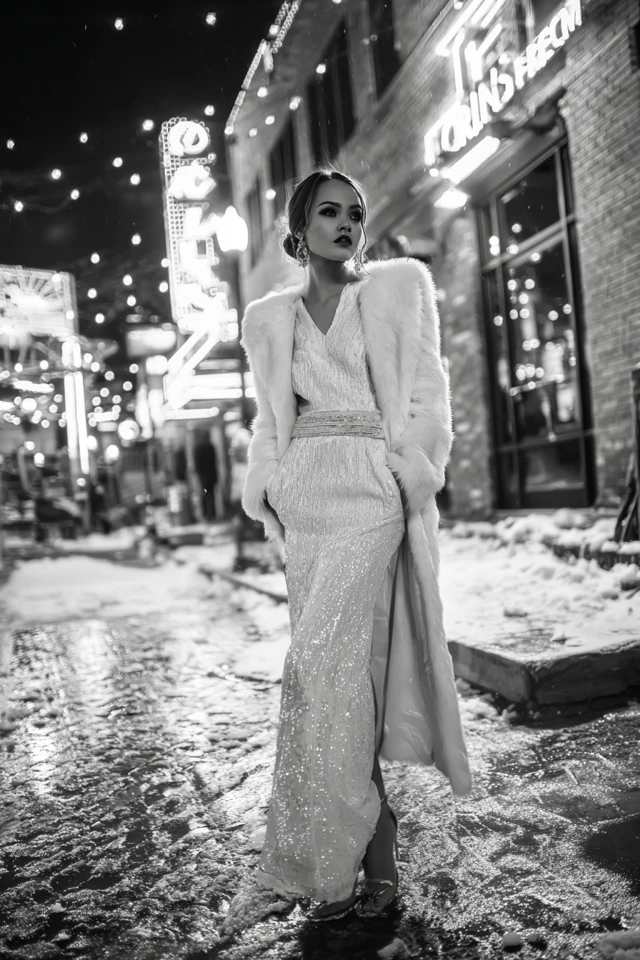
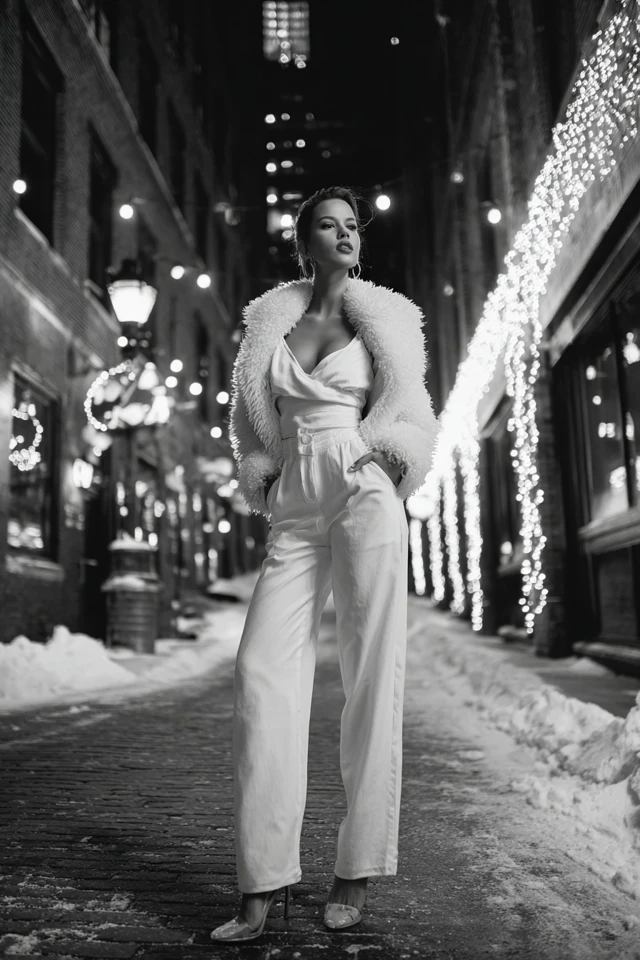
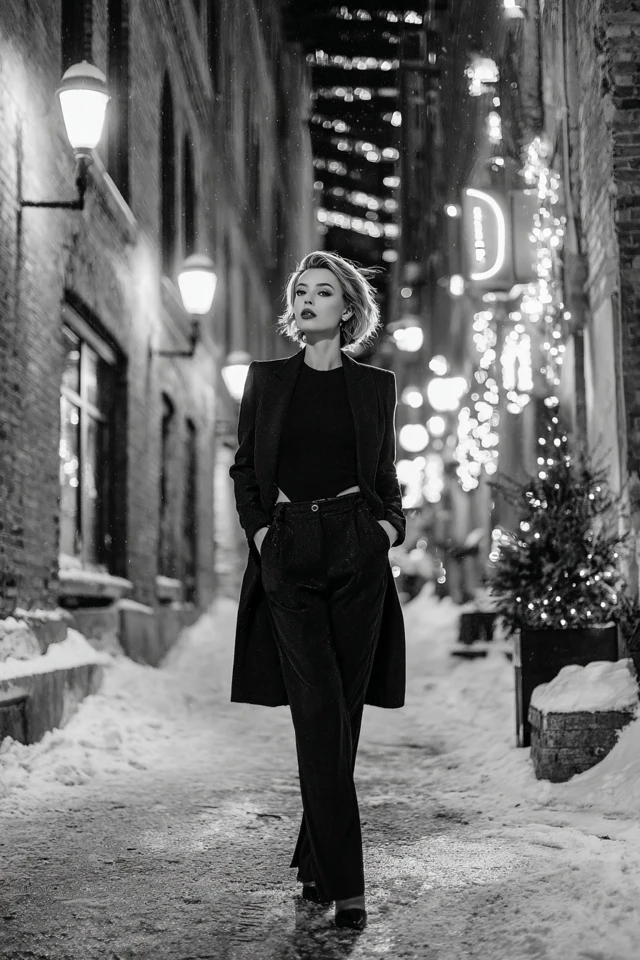
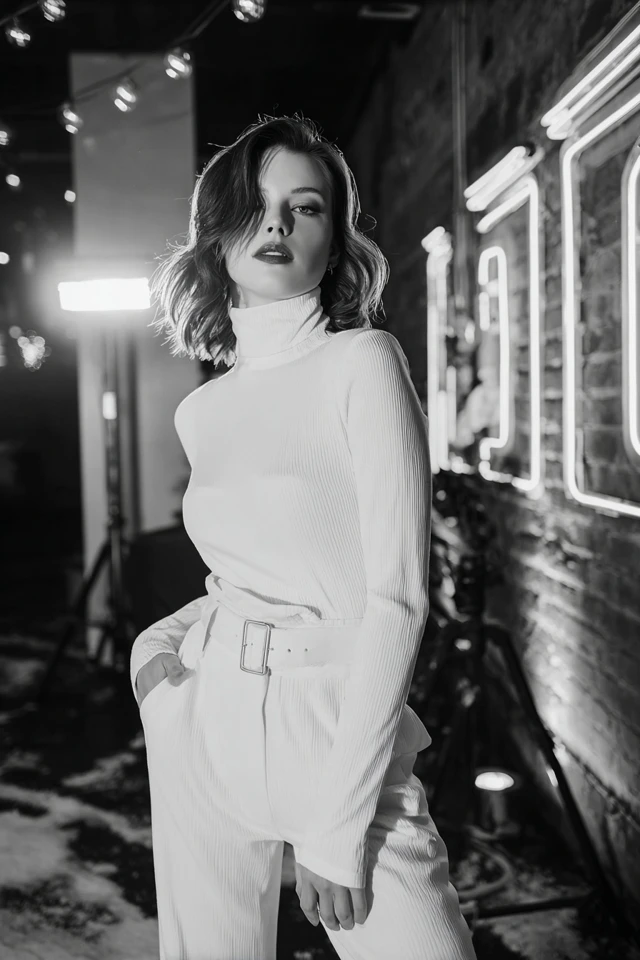
Color Psychology & Emotional Impact
Color’s emotional resonance during winter is profound. The stark contrast and subtle gradations within a monochrome palette influence mood and social perception in measurable ways. Studies in first-impression psychology reveal that neutral colors evoke feelings of reliability and competence—key traits that monochrome looks encapsulate perfectly.
Black, the cornerstone of monochrome, projects power, elegance, and mystery. Wearing black outerwear or tailored pieces can instill a sense of control and sophistication that permeates social and professional interactions. Meanwhile, shades of gray impart calmness and neutrality, easing anxiety often heightened during colder, darker months.
White and off-whites introduce freshness and clarity, symbolizing renewal even in the depths of winter. Strategically incorporating white in scarves, gloves, or knitwear provides emotional uplift and balances the heavier tones with lightness. These colors not only affect how others perceive you but also subtly shape your own confidence levels—making monochrome dressing a psychological tool for self-empowerment.
Personal Style & Body Type Considerations
Monochrome styling thrives when aligned with individual body types and personal style preferences. The flexibility of a single-color theme allows for creativity in silhouette, texture, and detail that flatter diverse figures and complexions.
Silhouettes
- Hourglass figures: Emphasize waist definition with belted coats, fitted sweaters, and high-waisted trousers in monochrome shades.
- Rectangle shapes: Create curvature through layered textures and volume contrasts—think softly draped cardigans with structured skirts.
- Inverted triangle: Balance broader shoulders with wider-legged pants or A-line skirts to craft harmony between top and bottom.
- Apple shapes: Opt for longer line outerwear that elongates the torso and monochrome layering to streamline the silhouette.
Fabrics and Hues
Winter offers a playground of textures—velvet, cashmere, boucle, and wool blends—that enhance monochrome ensembles by adding visual interest without breaking the color story. Those with warm undertones might favor charcoal and deep black, while cool undertones glow in softer grays and bright whites.
Quick Self-Assessment Checklist
- Do my winter clothes accentuate my favorite features using fit and fabric?
- Have I incorporated a range of textures within my monochrome palette?
- Does my monochrome wardrobe allow flexibility for both casual and formal occasions?
- Have I balanced light, medium, and dark shades to avoid monotony?
- Do the hues complement my skin tone and enhance my natural coloring?
Current Trends & Timeless Classics
Winter fashion cycles through innovations, yet monochrome remains steadfastly elegant and versatile. Current trends lean into oversized silhouettes, luxury knitwear, and sustainable textiles that respect environmental consciousness—elements that integrate effortlessly into monochrome styling.
This season, tonal layering—wearing multiple shades of gray or black—is particularly popular. Pairing a charcoal turtleneck with slate-gray trousers and a silver-gray coat creates depth while adhering to the monochrome theme.
Timeless pieces such as trench coats, tailored blazers, and high-quality turtlenecks remain essential. Investing in well-crafted classics ensures that your wardrobe will function as a foundation to express current trends subtly, preserving longevity and style integrity.
Practical Tips & Recommendations
- Shopping advice: Prioritize quality over quantity. Look for fabrics that provide warmth and texture like merino wool, cashmere blends, and quilted outerwear.
- Wardrobe maintenance: Care for your monochrome pieces by following specific washing instructions to maintain color vibrancy and fabric integrity.
- Layering: Master layering with pieces varying in length and texture—think a long black coat over a chunky knit and sleek black trousers.
- Accessories: Incorporate monochrome accessories such as leather gloves, scarves, and hats to complete your winter look. Metallic accents like silver jewelry provide subtle contrast.
- Color combos to try: Mix black and ivory for sharp contrast, or play with shades of gray and charcoal for a softer, more blended effect. This variation keeps the monochrome look exciting and fresh.
FAQs
1. How do I find my signature monochrome color for winter?
Consider your skin’s undertones and personal style. Cool undertones usually suit gray and icy white, while warm undertones are complemented by deep blacks and charcoal. Experiment with these shades in your wardrobe to see which feels most authentic and boosts confidence.
2. Can I create a monochrome wardrobe on a budget?
Absolutely. Focus on versatile basics and look for quality pieces in affordable stores or secondhand shops. Layering inexpensive items smartly can create a luxe monochrome effect without breaking the bank.
3. How do I build a capsule winter wardrobe using monochrome pieces?
Select core items like a black coat, gray sweaters, white button-downs, and tailored trousers. Choose quality and timeless styles that mix and match easily. Add accessories and shoes in similar tones to maintain cohesion.
4. How can I avoid looking washed out in an all-white monochrome outfit?
Play with fabric textures and layering to add depth. Breaking white with subtle shades like cream or soft gray can enhance dimension, and don’t forget to incorporate makeup or accessories that add warmth to your complexion.
5. What are some must-have monochrome winter accessories for style and function?
Invest in a quality leather tote or crossbody bag, wool scarves, structured gloves, and minimalist jewelry. These elevate your look while providing practical comfort against winter’s chill.
Conclusion
Monochrome winter style offers a compelling blend of elegance, psychological insight, and practical fashion wisdom. Embracing this aesthetic allows you to harness color psychology to influence mood and perception positively, dress for your body and complexion, and navigate trends with timeless pieces that endure season after season.
Experimentation within the monochrome palette offers immense freedom—layer different textures, mingle shades, and personalize fit to express your unique voice. This thoughtful approach to winter fashion empowers you to face the cold with confidence, clarity, and style.
I invite you to share your monochrome winter looks, experiences, and questions below. Join our community by subscribing for more insights blending fashion, psychology, and personal expression.

